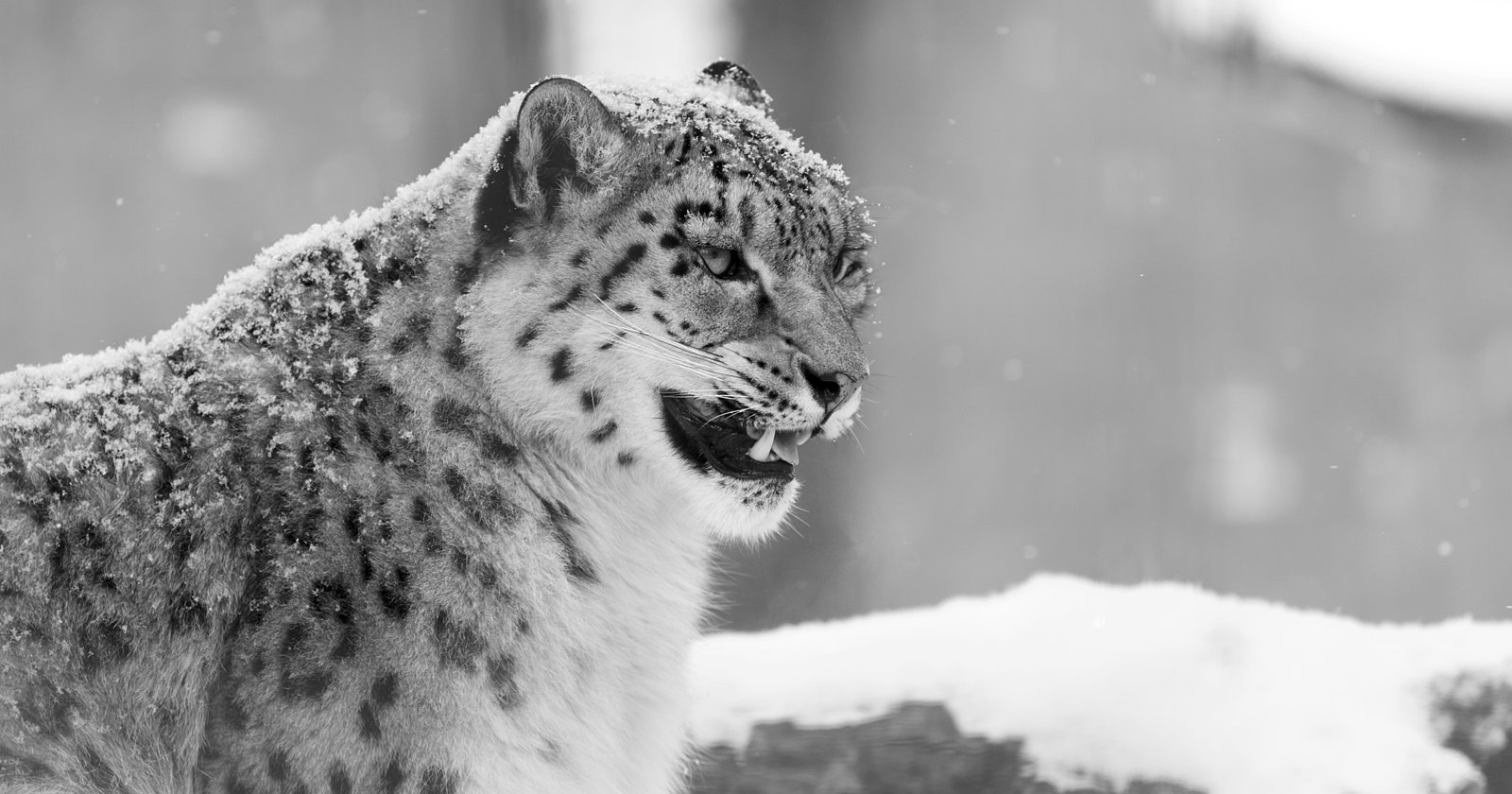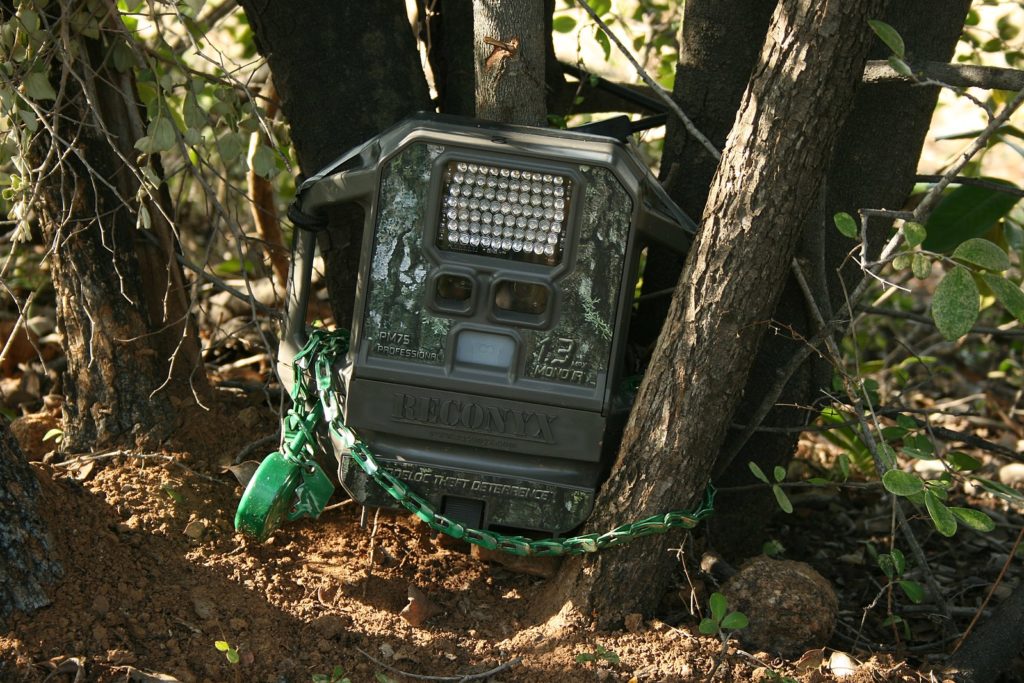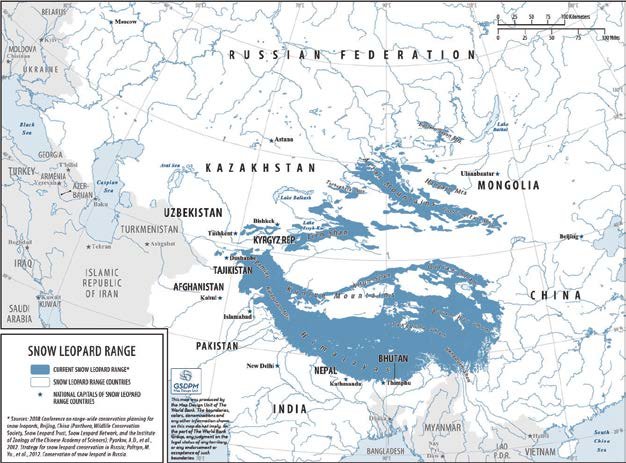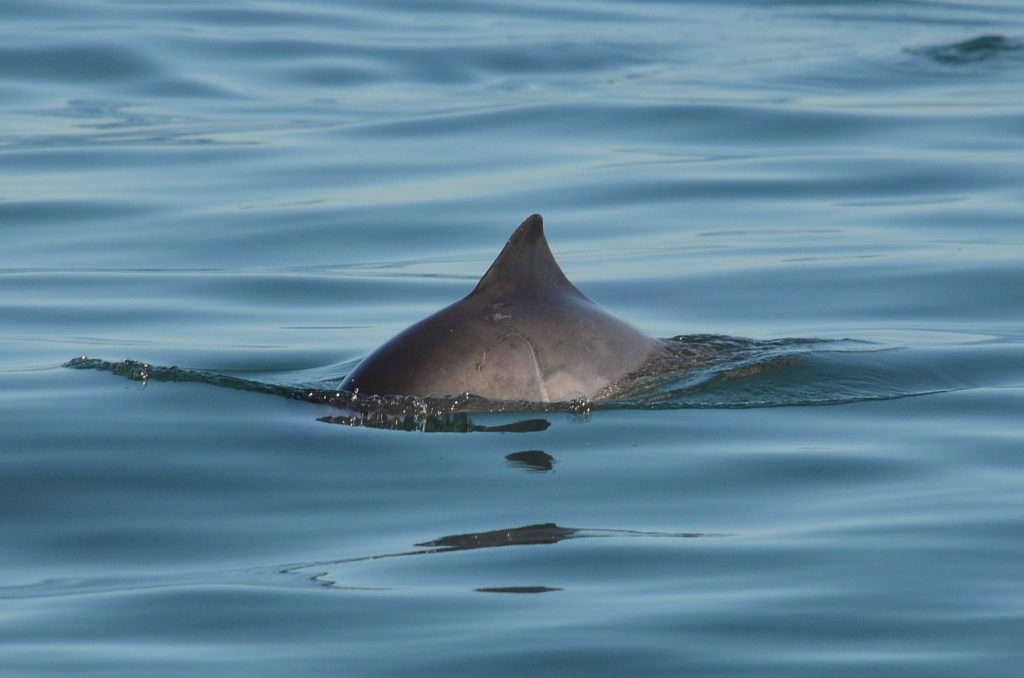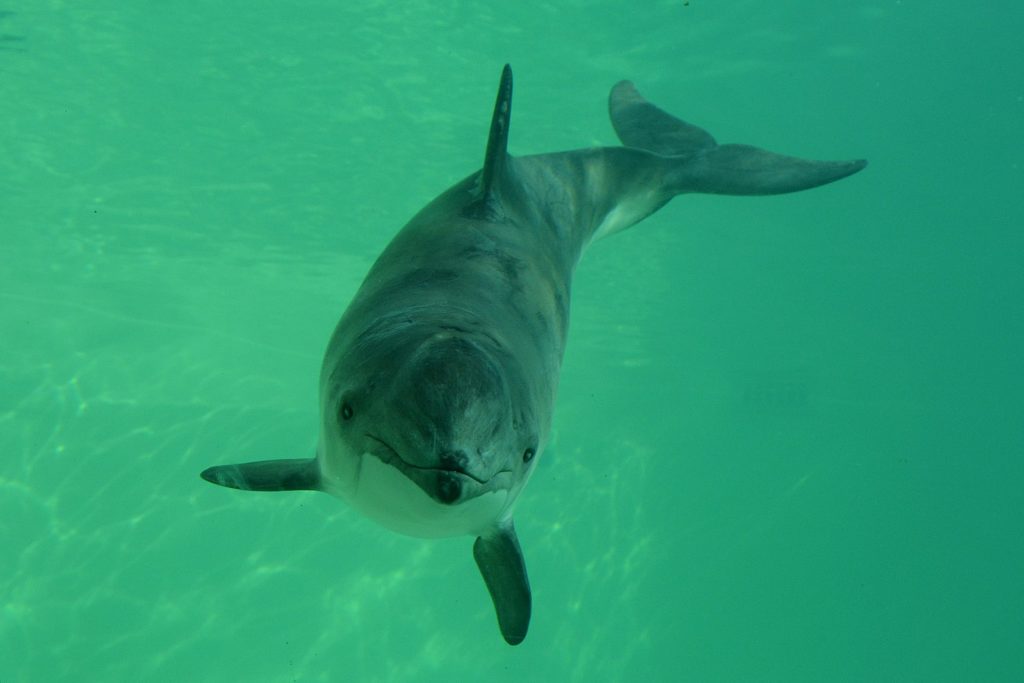Our understanding of the state of the world’s wildlife is dependent upon data. Without an accurate survey of species populations, our efforts to improve their chances of survival and to limit our impact on their wellbeing will always be limited. Unfortunately, many endangered species live in areas inhospitable to us – and in any case, a human-led survey can only continue for so long before the surveyors need to rest.
Prof. D. Borchers and colleagues have developed new statistical methods for digitally monitoring wildlife using camera traps and hydrophones, extending the reach of surveys into areas where human surveyors cannot gather data, and surveying for longer periods than humans could sustain. Their research has formed the basis for the Global Snow Leopard Ecosystem Protection Programme’s use of camera traps deployed for months in hostile high-altitude environments to progress its aim of conserving snow leopards worldwide. It has also changed conservation policy in the Baltic, by using underwater digital-listening devices to survey harbour porpoises, finding a previously unknown Baltic harbour porpoise breeding site south of Gotland, Sweden and leading to the creation of a new Marine Protected Area covering over 1million hectares, to conserve this critically endangered population.
Survey devices such as GPS tags, camera traps and hydrophones, gather wildlife survey data in different ways, but all involve digitally sampling parts of survey regions and drawing inferences from this about wildlife in unsampled regions. In all cases, this involves modelling the number of animals missed and their distribution across a large region, from observations in a small fraction of the region. For practical reasons it is impossible to cover the entire area roamed by the target animal – in the case of snow leopards, this extends over 12 countries, anywhere from 540 to 5,000m above sea level. The research challenge was how to turn limited digital evidence, such images of snow leopard fur patterns or sounds of harbour porpoise, which are obtained at a few locations covering only a fraction of the area of interest, into estimates of the abundance and distribution of the species over a much larger area.
The research underpinning these developments was done within the Centre for Research into Ecological and Environmental Modelling (CREEM) at the University of St Andrews, which specialises in the development of innovative statistical methods to address problems in ecology.
Conserving snow leopards
The snow leopard is listed as globally Vulnerable on the IUCN Red List, a classification that constitutes a high risk of extinction in the wild. All snow leopard range countries except Tajikistan are parties to CITES but the process for Tajikistan to join is under way. Conservation actions and IUCN Red List status is based on estimates of snow leopard distribution and abundance, but snow leopards are notoriously elusive animals, making accurate surveyance difficult. No survey of their vast range of roughly 2 million km2 has ever been attempted, and in the absence of hard range-wide evidence, their IUCN conservation status is controversial.
Camera traps left in the mountains for months can detect enough animals to make a range-wide survey feasible for the first time, with a suitable survey design. Scientists have also leveraged an aspect of snow leopard biology – every leopard has a distinctive fur pattern, much like a human’s fingerprints.
Identifying individuals from their fur patterns allows researchers to assess the species as a whole by looking at a few individuals using the capture-recapture method. Capture-recapture traditionally involves capturing and marking a certain number of animals, before releasing them and then recapturing the same number of animals after a period. This allows an estimation of the whole population size by measuring how many marked animals are recaptured. The unique markings already found in snow leopard fur eliminates the need to physically trap the animals, retaining all the benefits of the method while eliminating the need for costly, complex and disruptive physical intervention.
The “spatially explicit capture-recapture” (SCR) methods developed by Borchers allow snow leopard abundance, distribution and space use to be modelled from the times and locations at which snow leopards were photographed, while also showing how these factors change over time and in response to environmental or anthropogenic impacts. This seminal research. Subsequent research extended SCR methods to use the times of photographs to learn about animal activity patterns within a day, a week, or longer periods.
Borchers was asked to advise on the survey methods at the International Snow Leopard and Ecosystem Forum in Kyrgystan in 2017– where the PAWS survey was initiated. After presenting a talk and short workshop on SCR methods to snow leopard range country ecologists at the Forum, he was invited to co-chair the PAWS Scientific Advisory Panel.
The methods developed at St Andrews have since been used by an alliance of the 12 snow leopard range countries that are partners in the Global Snow Leopard Ecosystem Protection Program (GSLEP). Between 2017 and 2020, in consultation with St Andrews, surveys were conducted in Mongolia, Kyrgystan, India, Nepal, and Bhutan. This forms part of the world’s first global survey of snow leopards, known as the Population Assessment of the World’s Snow Leopards (PAWS). The St Andrews group provide analysis, support and training, and have together produced new estimates of snow leopard distribution and abundance in these regions, which now form part of GSLEP’s Population Assessment of the World’s snow leopards.
Protecting harbour porpoises
Like snow leopards, Harbour porpoises are endangered (for some populations) and elusive, and can be detected much more effectively by digital devices than by humans. Unlike snow leopards, they are more easily heard than seen by the devices, and this requires different analysis methods. Their small size and the fact that they spend most of their lives submerged make harbour porpoises a particular challenge, and the Baltic population is especially difficult because of its very low density. An alternative to visual surveys is to use underwater microphones (hydrophones) that can be deployed in large numbers for months at a time and in all weather conditions to listen for porpoise echolocation clicks.
CREEM is a leading developer of such methods. Professor Len Thomas and colleagues developed statistical methods for animal density estimation from passive acoustic data, which is recorded and analysed for sounds distinctive to the species. There are several benefits to this method: sounds can be identified from much greater distances than visual markers and are unaffected by adverse light conditions, while the collection and processing work can be automated much more simply than their visual equivalent.
Effective conservation requires knowledge of distribution and abundance, but until the group’s work this information was lacking for the Baltic harbour porpoise. Because of their pioneering work, the group were approached in 2008 by the SAMBAH team to participate in a €4.2 million EU Life survey proposal. The survey constituted the largest passive acoustic survey ever undertaken.
The survey was undertaken by an international consortium of governmental and non-governmental organisations from all EU Baltic states, while CREEM managed the statistical method development and design and led on the data analyses. These methods, developed entirely at St Andrews, led to the group locating a previously unknown Baltic Sea harbour porpoise breeding site south of the island of Gotland in the Baltic Proper. This finding led to the area being designated by Sweden as the Baltic Sea’s largest marine protected area, covering over 1 million hectares. In February 2022, through a delegated act under the EU Common Fisheries Policy, bycatch mitigation measures where introduced in this area and several other Marine Protected Areas designated for the Baltic harbour porpoise.
The Baltic Sea harbour porpoise population is classified as Critically Endangered by the International Union for Conservation of Nature (IUCN). Marine protected areas (MPAs) are important instruments in the protection of marine mammals and this MPA is large enough to provide effective protection when combined with effective management.
Outreach
The methods developed at St Andrews can assist in wildlife monitoring and conservation across the globe, and the group has worked hard to share their achievements with those who can use them to benefit a diverse array of animal populations. They have developed training material, including co-authored design and analysis manuals for PAWS. At the same time, the research team have trained more than 90 conservationists from the Snow Leopard Trust, the Snow Leopard Foundation and government conservation agencies from Kygystan, China, India, Mongolia, and Nepal over the course of approximately 4 years in the use of statistical methods for wildlife assessment and conservation, and developing associated training materials. This gives the breakthroughs made at St Andrews an influence that extends into the global level that the scale of the problem demands.

